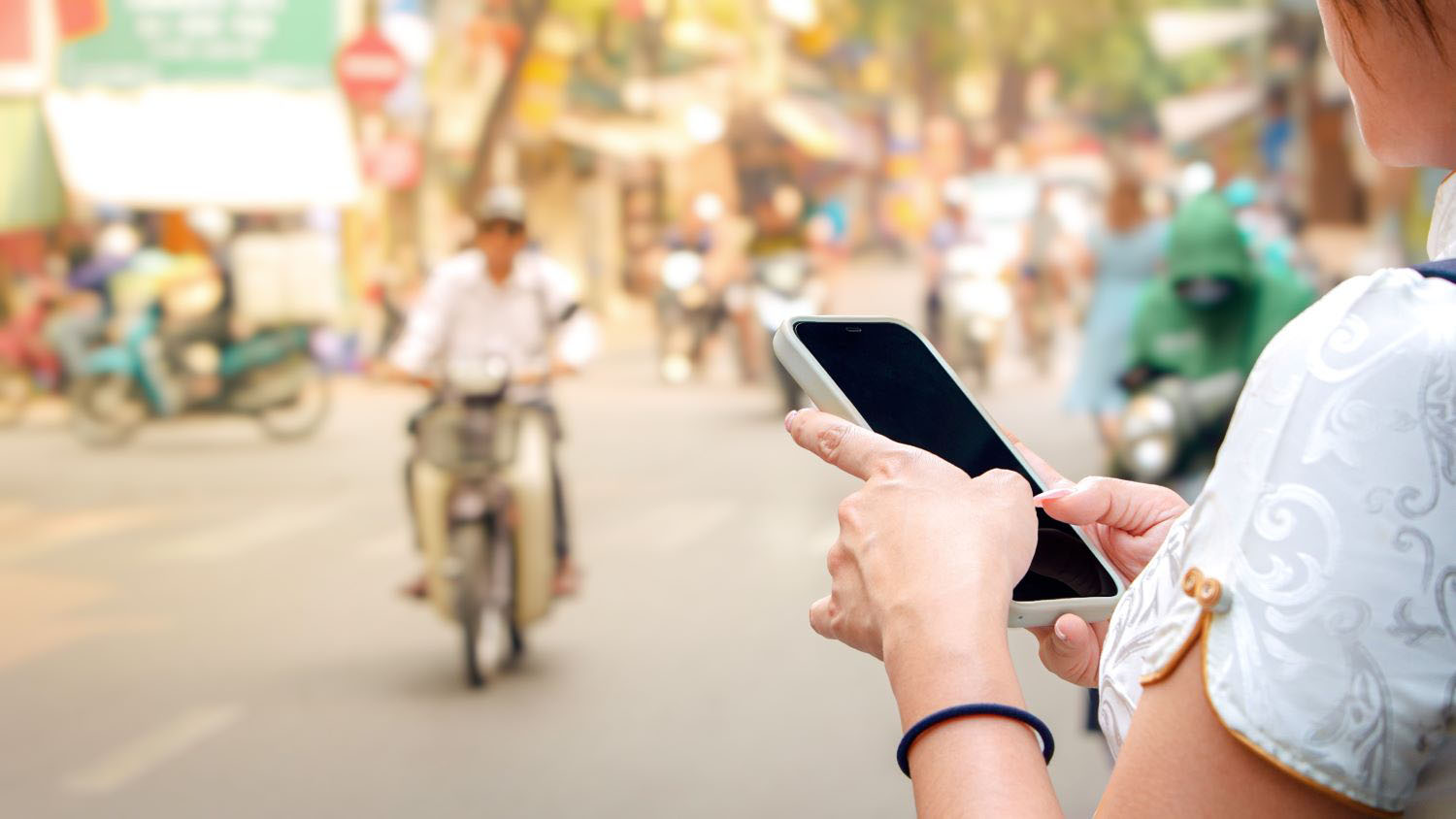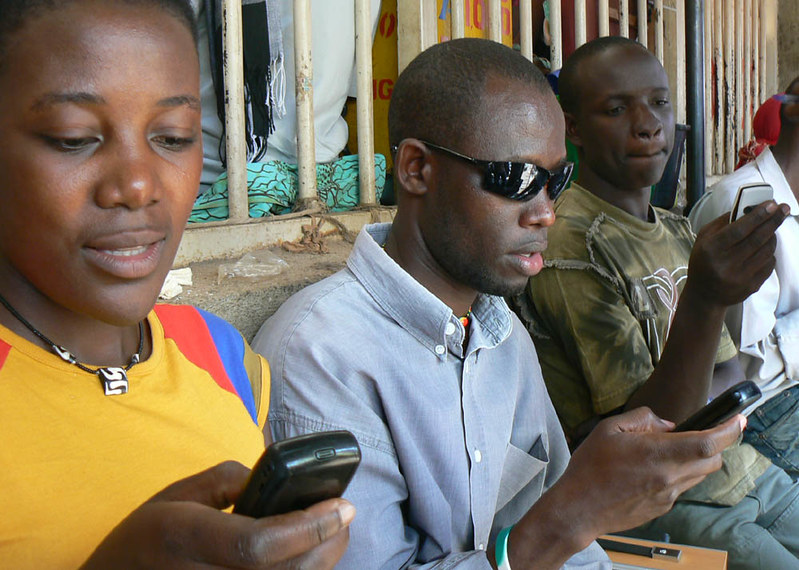By
November 07, 2011
This is a joint post with Julia ClarkWith all the reflecting/obsessing/worrying about the birth of our 7 billionth child, it is comforting to note that she or he will likely have access to basic, subsidized health insurance if born to a poor family in India.Surprised? Launched in 2008, India’s health insurance program for the poor, Rashtriya Swasthya Bima Yojna (RSBY) is the subject of a new book edited by Robert Palacios, Jishnu Das and Changqing Sun. According to the authors, RSBY covers 25 million families (75 million people) below the poverty line and has subsidized 2.7 million hospital visits. An overall (if varied) increase in demand for hospital services among RSBY families has prompted a supply increase in some underserved districts. The handful of surveys conducted so far have generally indicated good patient satisfaction. Although rigorous impact evaluation is only in the planning stage, early evidence indicates that RSBY has increased participation in health care by state governments, insurers, hospitals and patients.What lessons might this experience offer other developing countries? Can rich countries learn a thing or two from India, as Marcelo Giugale suggested in a recent blog post?RSBY is both streamlined and innovative. Private and public insurance companies compete to service each district. Winning companies then register eligible families and provide biometric insurance smartcards for a nominal fee (30 rupees). The government (normally 75% federal /25% state) pays insurers a yearly premium (averaging 500 rupees or $10) for each household registered. Registered families choose which public or private hospitals to visit. Yearly benefits include hospitalization costs for over 1,000 procedures up to 30,000 rupees (approx. US$620) per household. Individuals with pre-existing conditions cannot be excluded. Hospitals verify coverage using patient fingerprints and the smartcard then submit claims to the insurance companies. No cash, no paperwork.Palacios et al. distill two essential elements of RSBY. The first is a public-private partnership with balanced incentives. The government sets a strong regulatory framework for contracts, services and technology, while fostering a competitive, decentralized bidding process. States benefit from central funding. Insurance companies get new customers, and are incentivized to enroll as many families as possible because of the payment structure. Hospitals get more patients and simpler administration, and will find it harder to submit fraudulent claims with the electronic reporting system. Patients benefit from reduced medical and logistical costs and improved access to services.Second, RSBY’s incentive and accountability framework depends heavily on information technology--biometric identification and an electronic, centralized database. These features put the Indian system far ahead of many in high-income countries. At each step, data is collected and transferred electronically via the smartcard. Enrollment takes only 10 minutes and the beneficiaries, often illiterate, need not fill out forms or carry cash. Data on enrollment and hospitalization enable comparisons down to the village level useful for public health planning and disease control. This data can also be used to reconcile insurer and hospital claims, reducing fraud and bloated bills. People can move between districts and still be covered.Of course, the program is not a panacea. RSBY has experienced challenges and uneven implementation, requiring further institutional development as the scheme matures. It is by design a program for the poor, and does not extend coverage to all citizens (for the moment, at least). The system’s oversight mechanisms require enforcement and assume that bureaucrats are willing to punish abusive insurers and hospitals—a condition that has not always been met in India. RSBY data are currently limited to a small number of transactions, rather than a full set of medical records, though planned improvements could make it a useful tool to help raise the quality of care. That being said, RSBY is a giant leap forward.Could other poor countries build similar programs? Many could, but not all. Beyond the universal challenges of entrenched political, bureaucratic and private sector interests, some face technological and geographical obstacles. A system like RSBY requires a working health infrastructure, a minimally competitive insurance market and long-term institutional capacity. India may also be unique in the strong individual leadership of Ministry of Labour and Employment Director General Anil Swarup. What should encourage poorer countries, however, is that it is possible to achieve relatively fast, widespread coverage of the poor by finding the right balance of incentives and adopting technology that is cost effective, limits fraud, and facilitates oversight and programmatic growth.What about wealthier nations? Does RSBY have any lessons for the United States? One lesson, surely, is the potential value of having an electronic, integrated system of data and records. There is debate over the dollar value of electronic medical record (EMR) systems in the United States, for example: many (but not all) studies suggest considerable savings, and that these may be greatest where inefficiency is high. In terms of administration and patient satisfaction, it is harder to debate the potential value: continuity of care, reduced processing times and fees, no loathsome, duplicate forms to fill out, and the possibility of seamlessly visiting hospitals away from home—a change that would appeal to everyone mobile, from migrant laborers to business travelers.Another, suggested by Palacios et al and Giugale is that RSBY’s success is based on a political consensus that the government should pay to extend basic coverage to those who cannot afford it. Without this there will be little political will to bring together disparate interests for the perceived common good. In the United States for example, the implementation of EMRs has faltered; even if there is an overall cost-savings, upfront costs are large and physicians and hospitals may have little incentive to fund them, as most of the return on investing in such systems goes to insurers.The point of this comparison is not to ask “could the Indian system work in the United States?” Rather, it is to think critically about the tools RSBY employed—biometrics, integrated databases, incentive structures—to reduce costs, deter fraud, and improve accessibility. If we have similar goals, how might we achieve them?
Disclaimer
CGD blog posts reflect the views of the authors, drawing on prior research and experience in their areas of expertise. CGD is a nonpartisan, independent organization and does not take institutional positions.





